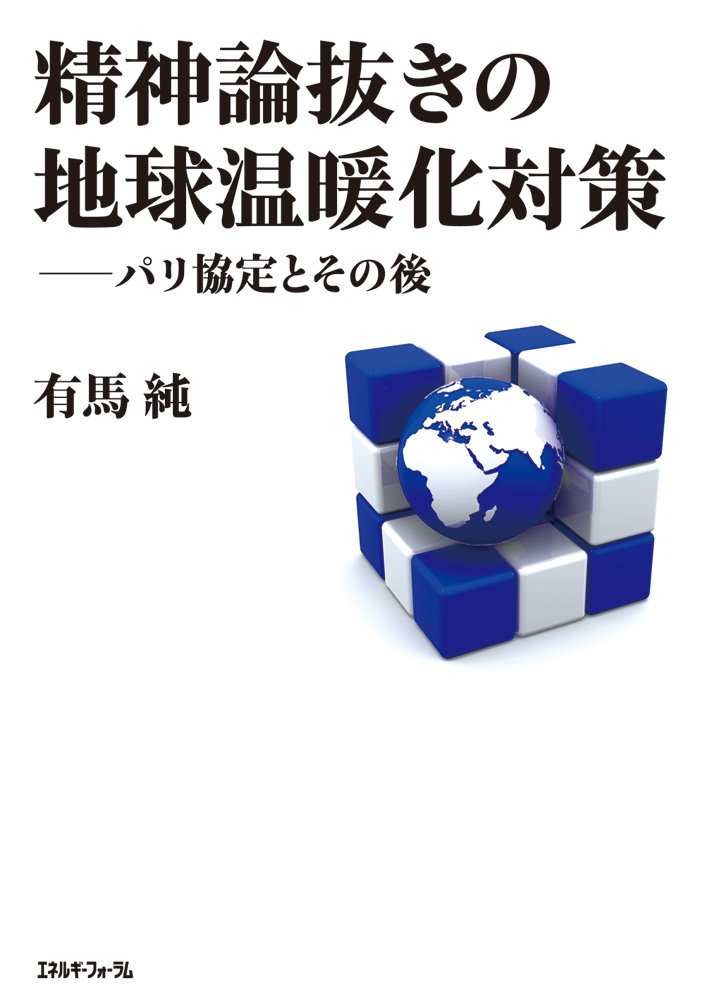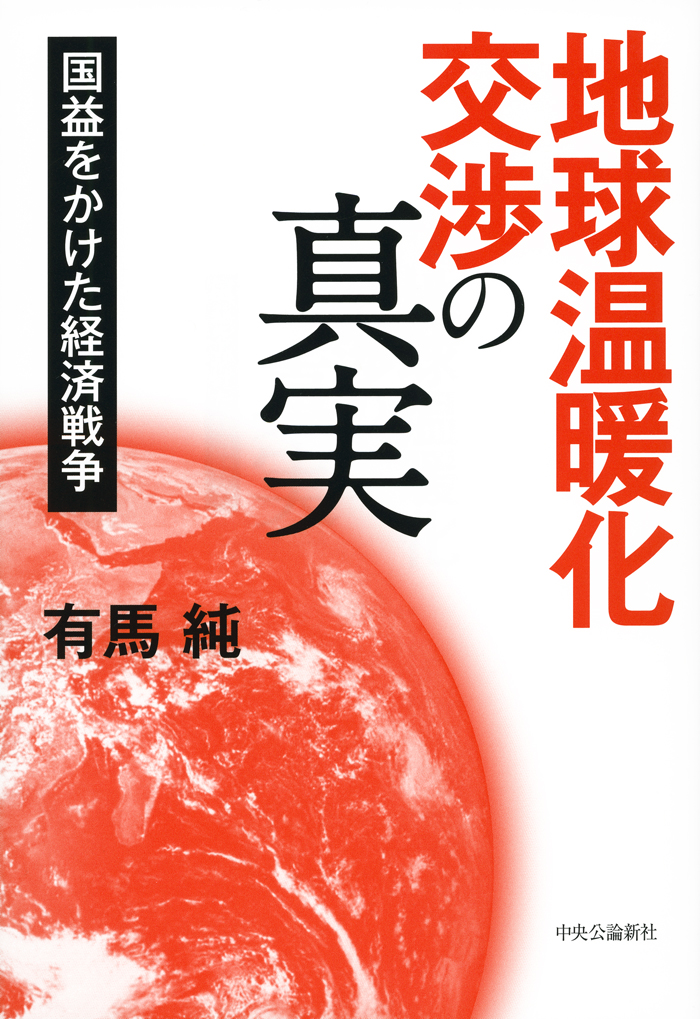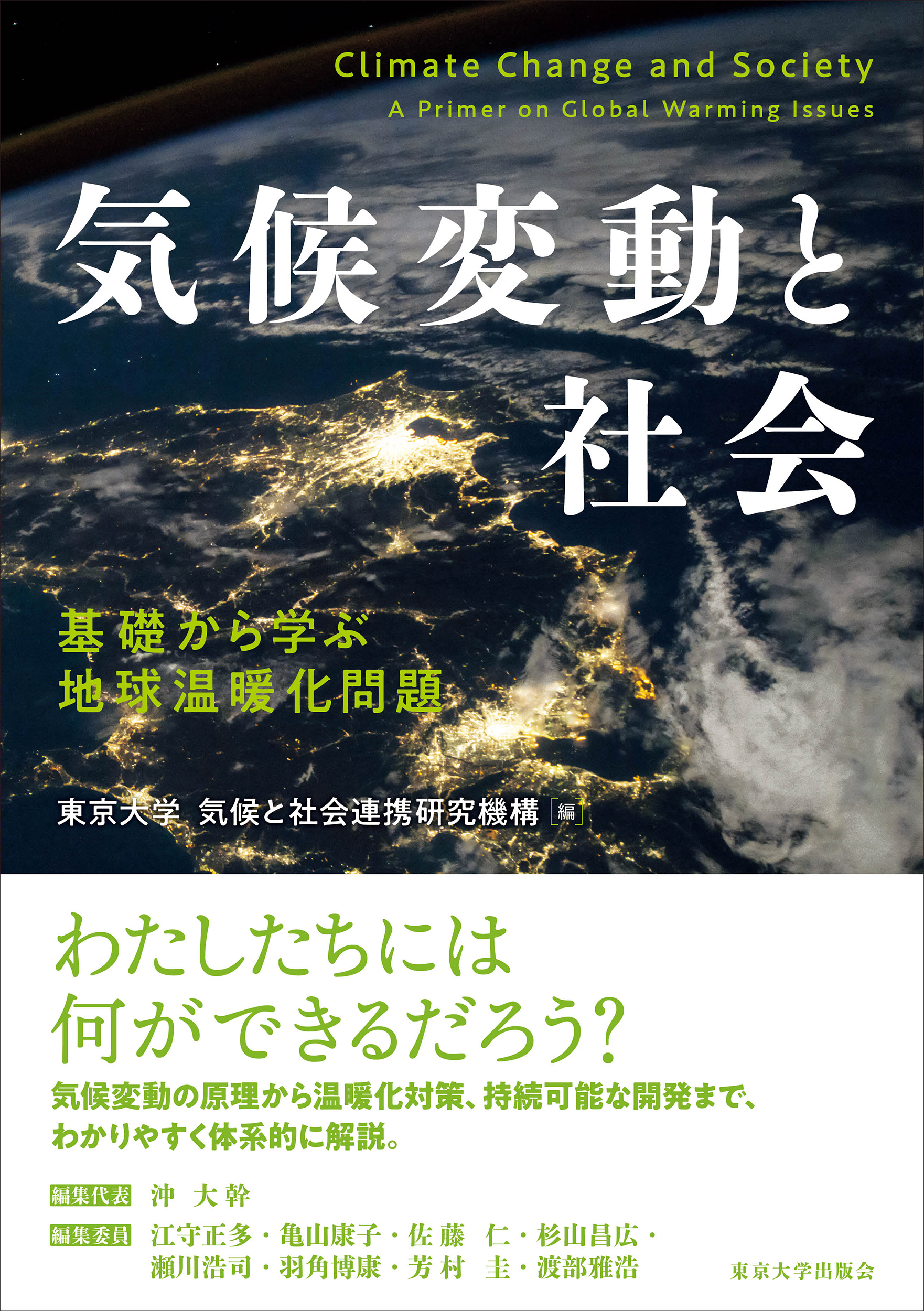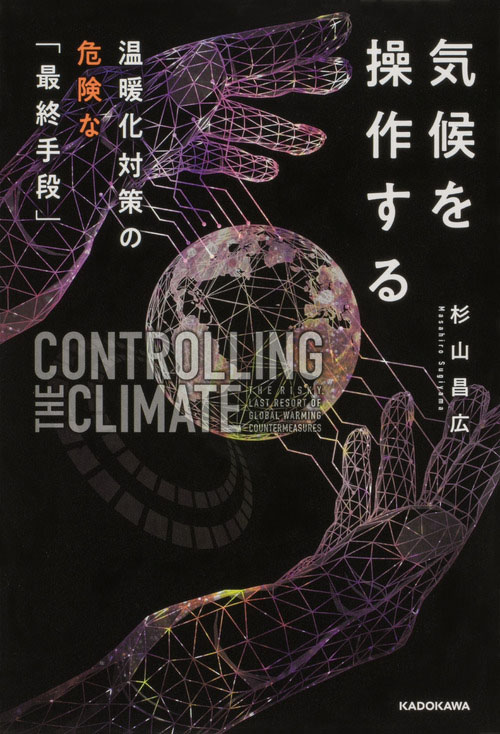
Title
Seishinron Nukino Chikyu Ondanka Taisaku (Global Warming Countermeasures underpinned by Pragmatism - Paris Agreement and thereafter)
Size
259 pages, softcover
Language
Japanese
Released
October 27, 2016
ISBN
9784885554711
Published by
Energy Forum Inc.
Book Info
See Book Availability at Library
Japanese Page
The Paris Agreement was adopted at the COP21 in 2015. In the 23 years since the adoption of the United Nations Framework Convention on Climate Change (UNDCCC) in 1992, the international framework for addressing global warming issues has been evolving. The Kyoto Protocol was a highly dichotomous framework imposing a mandatory emissions reduction target only to developed countries, which caused the U.S. to withdraw. Owing to the rapid growth of emissions of emerging economies such as China, the Kyoto Protocol had little effect on preventing global warming. Based on this recognition, after the termination of the first commitment period of the Kyoto Protocol, the Cancun Agreement was adopted in 2010 as a framework valid until 2020. It saw the participation of all developed and developing countries and set a new GHG emissions reduction/limitation target, marking a historical turnaround from the dichotomous Kyoto Protocol. As the Cancun Agreement’s framework was meant to end in 2020, post-2020 negotiations started in 2011 and culminated with the adoption of the Paris Agreement in 2015. The Paris Agreement adopted a framework where both developed and developing countries voluntarily set GHG mitigation targets and reported their progress. However, the adoption of this agreement did not end negotiations, as detailed rules and modalities were necessary for making the framework operational. Therefore, the negotiation of such a rule book continued even after the adoption of the Paris Agreement.
This book can be considered a sequel of The Truth of Global Warming Negotiation (2015) and lays out the negotiation history up to the Paris Agreement, detailed commentaries on each article, the major issues in the negotiation of detailed rules, the review of the Paris Agreement, and the prospect of global decarbonization.
Unlike the Kyoto Protocol, which set legally binding targets for Japan, the U.S., and the EU, the Paris Agreement established a legally binding process whereby each country had to set targets, periodically report their progress, appear for review, and revise these targets. Therefore, how to set and achieve targets became a highly domestic policy issue. This book discusses domestic policies under the Paris Agreement—such as Japan’s 26% reduction target, the role of nuclear power in the energy mix underpinning the GHG target, the role of carbon pricing (e.g., carbon tax, emissions trading scheme), and the role of long-term innovative technologies. Together with “The Truth of Global Warming Negotiation,” this book is recommended to those interested in global warming issues.
(Written by ARIMA Jun, Professor, Graduate School of Public Policy / 2020)



 Find a book
Find a book





